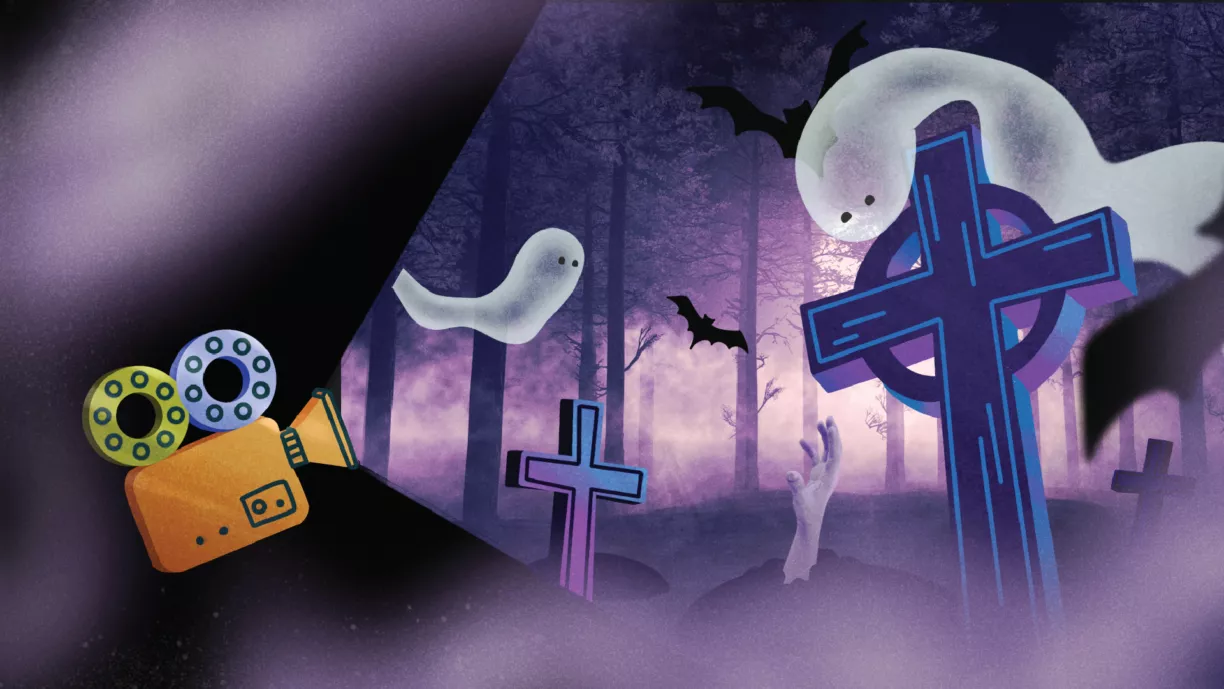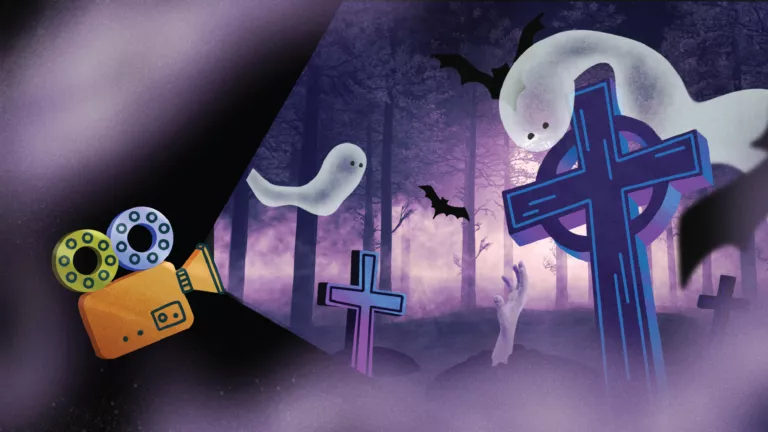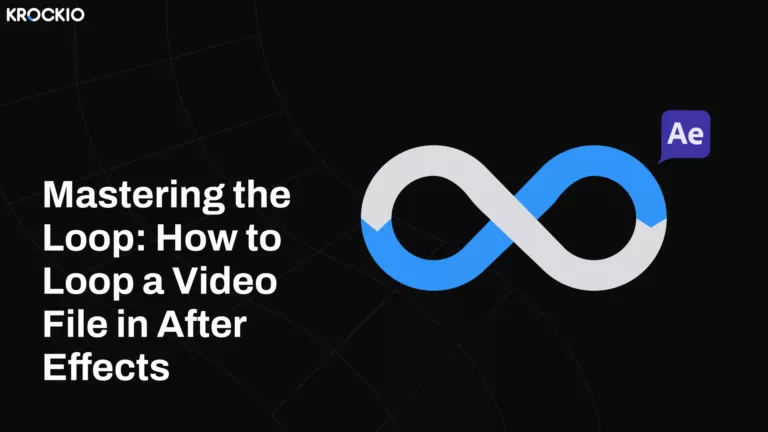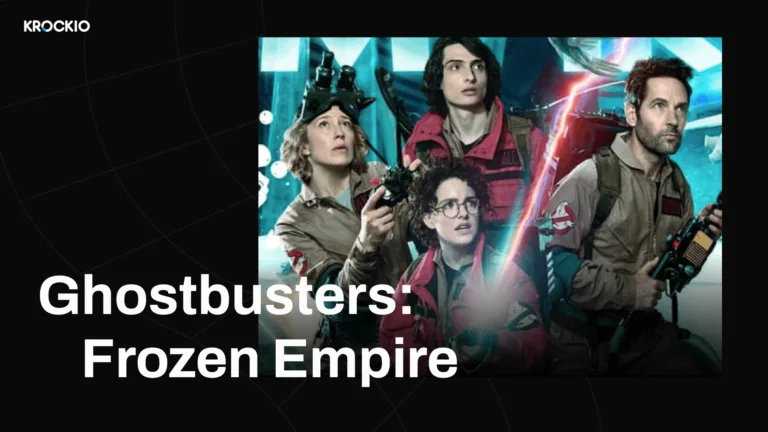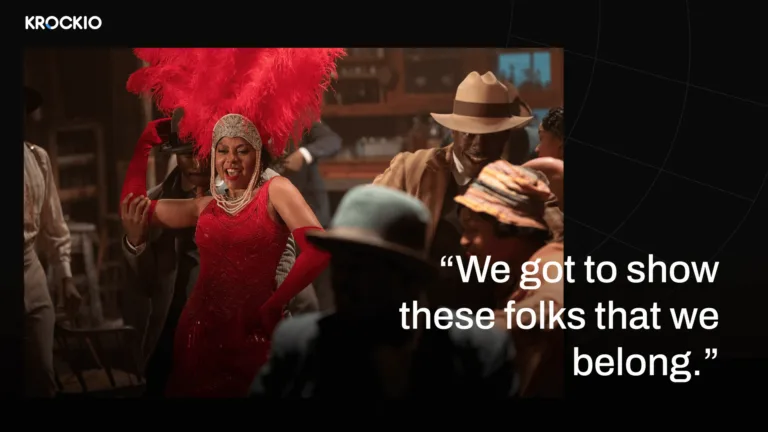Horror has been a genre that has captivated audiences for centuries. From ancient folklore to modern-day cinema, the art of horror has evolved, leaving a lasting impression on those who dare to experience its chilling tales. In the world of video production, crafting visuals that effectively convey fear and suspense is an art form in itself.
What is the Art of Horror?
The Art of Horror is a creative and artistic approach to crafting stories, visuals, and experiences within the horror genre. It encompasses various aspects of horror filmmaking, including storytelling, cinematography, production design, visual effects, sound design, and more. The goal of the Art of Horror is to elicit intense emotions, primarily fear and unease, by utilizing techniques and elements unique to the genre.
At its core, the Art of Horror aims to tap into primal fears and explore the darker aspects of human nature. It delves into the unknown, the supernatural, and the macabre, often challenging societal norms and pushing the boundaries of what is deemed acceptable. The Art of Horror is not solely focused on shock value or cheap scares; instead, it aims to create a profound and lasting impact on the audience.
In this article, we will delve into the techniques and creative processes behind creating chilling visuals in video production, exploring the power of cinematography, production design, visual effects, and sound design. Get ready to be immersed in the terrifying world of horror as we uncover the secrets behind its captivating visuals.
Cinematography: Setting the Stage for Fear
Cinematography plays a crucial role in setting the tone and atmosphere of a horror film. Through careful consideration of camera angles, lighting, and framing, filmmakers can create a sense of unease and tension that grips the audience. One technique commonly employed in horror cinematography is the use of low-key lighting. By incorporating shadows and darkness into the frame, filmmakers can obscure parts of the scene, creating a sense of mystery and foreboding. This technique not only adds visual interest but also enhances the suspenseful nature of horror.
Camera angles also play a significant role in creating chilling visuals. Low and skewed angles can make characters appear more menacing and dominant, while high angles can make them seem vulnerable and powerless. Dutch angles, where the camera is tilted to one side, can introduce a feeling of disorientation and instability, heightening the sense of unease. These unconventional angles disrupt the viewer’s expectation of a stable frame, intensifying the psychological impact of the visuals.
Production Design: Creating Haunting Environments
In horror, the environment in which the story unfolds is crucial in building an atmosphere of terror. Production design encompasses the creation of sets, props, and costumes that bring the director’s vision to life. When it comes to horror, attention to detail is essential. Every element in the frame contributes to the overall visual experience.
Incorporating symbolism and foreshadowing through production design can add layers of meaning to the visuals. For example, using specific colors, such as red or black, can evoke feelings of danger and death. Introducing decay, dilapidation, and other signs of neglect can create a sense of unease and dread. By carefully curating the environment, production designers can subconsciously manipulate the audience’s emotions, immersing them in a world of horror.
Visual Effects: Enhancing the Supernatural
In horror, the supernatural often plays a significant role. Visual effects are instrumental in bringing otherworldly elements to life, pushing the boundaries of what is possible. From ghostly apparitions to monstrous creatures, visual effects artists utilize their technical prowess and creative imagination to create spine-chilling visuals.
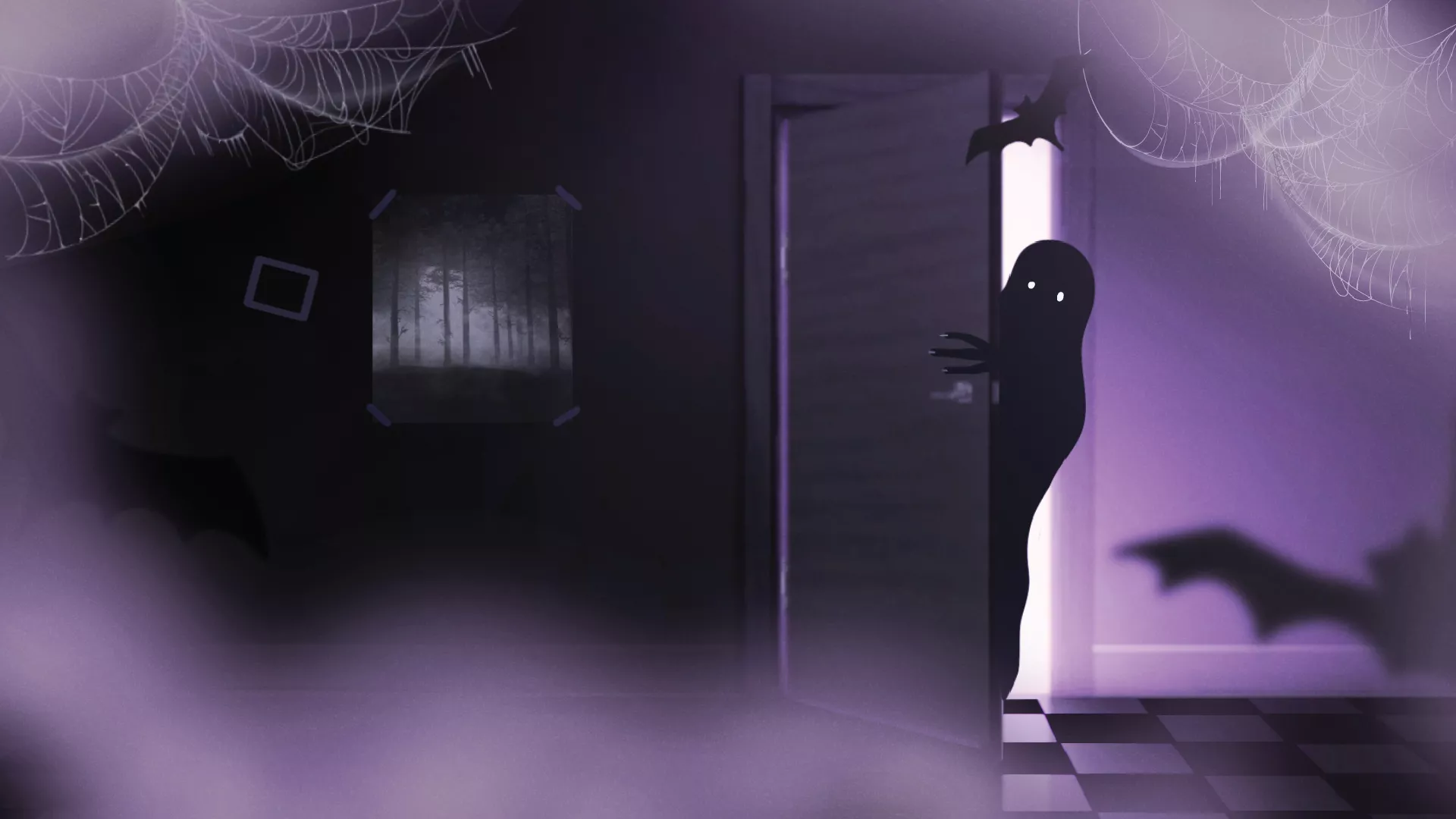
One effective technique employed in horror visual effects is the use of practical effects combined with digital enhancements. Practical effects, such as prosthetics, animatronics, and makeup, can add a tactile and realistic quality to the visuals. However, with the aid of digital effects, these practical elements can be enhanced or seamlessly integrated with computer-generated imagery (CGI), resulting in truly terrifying and immersive experiences.
Sound Design: The Power of Audio
While often overlooked, sound design is a crucial component in horror video production. It is the unseen force that heightens the tension and elicits fear within the audience. The right combination of eerie sounds, unsettling music, and well-timed silence can have a profound impact on the viewer’s experience.
In horror, sound design is not limited to jump scares and loud noises. It extends to subtle nuances that create an unsettling atmosphere. The sound of footsteps echoing down an empty corridor, a creaking floorboard, or a faint whisper can evoke a sense of unease and primal fear. By carefully crafting the audio landscape, sound designers can manipulate emotions and intensify the horror unfolding on screen.
Case Study: “The Haunting of Hill House”

To further explore the art of creating chilling visuals in video production, let’s examine the critically acclaimed Netflix series, “The Haunting of Hill House.” This horror series, created by Mike Flanagan, showcases exemplary techniques in cinematography, production design, visual effects, and sound design.
One striking aspect of the series is its use of long, unbroken shots. These extended takes intensify the suspense, as the camera lingers on the characters and their surroundings, drawing the audience into the eerie world of Hill House. Combined with dynamic camera movements and meticulously choreographed blocking, these shots create a sense of dread and anticipation, amplifying the horror.
The production design in “The Haunting of Hill House” is meticulously crafted to evoke a haunting and claustrophobic atmosphere. The dilapidated interiors of the mansion, adorned with decaying wallpaper and disheveled furniture, mirror the deteriorating mental state of the characters. Every detail contributes to the overall sense of unease, enhancing the chilling experience for the viewers.
Visual effects in the series are used sparingly but effectively. Ghostly apparitions seamlessly blend into the frame, appearing in the corner of the viewer’s eye or lurking in the background. The combination of practical effects and subtle digital enhancements creates a palpable sense of dread, blurring the line between reality and the supernatural. Sound design is another standout element in “The Haunting of Hill House.”
The series masterfully uses sound to unnerve the audience, with a combination of unsettling music, eerie whispers, and ambient noises that linger in the background. The sound design is so integral to the horror experience that it becomes a character in itself, heightening the tension and immersing viewers in a world of terror.
How to Create Realistic and Believable Characters for Your Horror Videos?
Understand the Horror Archetypes
Horror films often feature specific archetypes or character types that have become iconic within the genre. These archetypes include the Final Girl, the Wise Old Sage, the Jock, the Nerd, and the Villain, among others. Familiarize yourself with these archetypes and their associated traits, as they serve as a foundation for developing well-rounded characters.
Give Characters Depth
Avoid creating one-dimensional characters solely for the purpose of being victims or villains. Develop backstories, motivations, and personal struggles that make them relatable and human. Characters with depth and complexity are more engaging and evoke empathy from the audience, making their plight more impactful.
Flaws and Vulnerabilities
Incorporate flaws and vulnerabilities into your characters to make them more realistic. These imperfections make them susceptible to the horrors they face and increase the tension in the story. Flawed characters also have room for growth and development throughout the narrative, adding depth to their arcs.
Dialogue and Voice
Craft unique voices for each character through their dialogue. Their speech patterns, vocabulary, and mannerisms should reflect their individuality. This distinction helps the audience connect with the characters on a deeper level and reinforces their authenticity.
Collaborate with Actors
When casting actors for your horror videos, seek individuals who can bring depth and nuance to the characters. Collaborate with the actors during the audition process and provide them with the necessary background information to understand the character’s motivations and emotions. This collaboration ensures that the actors contribute to the development of the character and bring their own insights and interpretations to the role.
Physicality and Body Language
The physicality and body language of a character can communicate volumes without the need for dialogue. Encourage actors to embody the traits, postures, and gestures that are consistent with the character’s personality and emotional state. Pay attention to subtle details, such as facial expressions and mannerisms, to enhance the authenticity of the portrayal.
Develop Relationships
The dynamics between characters play a significant role in horror videos. Develop relationships and interactions that are realistic and dynamic. This includes exploring friendships, rivalries, romantic connections, and family ties. These relationships add depth to the characters and create additional layers of tension and emotional investment for the audience.
Allow Characters to Evolve
Throughout the course of the horror video, give your characters opportunities to grow and change. Their experiences and encounters with the horror elements should impact their development, causing them to adapt, overcome their fears, or succumb to darker impulses. Dynamic character arcs provide satisfying narratives and keep the audience engaged.
Balance Exposition and Mystery
Reveal character information gradually, balancing exposition with the element of mystery. Too much exposition upfront can reduce suspense, while too much mystery can lead to disengagement. Provide enough information to pique the audience’s interest while keeping certain aspects of the character hidden to maintain intrigue.
Test and Refine
Throughout the production process, test the characters with different scenes and situations. Observe how the characters interact, evolve, and affect the overall narrative. Continuously refine and develop the characters based on feedback and the evolving needs of the story.
Conclusion
The art of horror in video production is a complex and multidimensional craft. Through the intricate interplay of cinematography, production design, visual effects, and sound design, filmmakers have the power to evoke fear, suspense, and unease in their audiences.
By employing techniques such as low-key lighting, unconventional camera angles, and attention to production design, they can create haunting visuals that leave a lasting impression. Visual effects, whether practical or digital, enhance the supernatural elements, pushing the boundaries of the genre.
Finally, the sound design adds another layer of intensity, manipulating emotions and heightening the horror experience. As technology advances and creative boundaries continue to be pushed, the art of horror in video production will evolve, promising even more chilling and immersive visuals for audiences to experience. So, prepare yourself for the next terrifying journey into the world of horror, where visuals become nightmares that linger long after the credits roll.
Check out more articles on getting started with KROCKIO:
If you have any questions or need help, just let us know.

